Scott Kovacs is an athlete at heart.
But his heart didn’t cooperate with being an athlete.
Throughout the years, doctors had diagnosed him with pneumonia and sports-induced asthma.
But something life-threatening lurked much deeper in the playbook, making itself known about 13 years ago.
“I remember playing basketball in a men’s league and I would get a lot of fluid buildup after I played,” said Kovacs, 53, of Ravenna, Michigan.
He would sit up at night to try to get rid of the fluid. But one night after a brisk battle on the court, his symptoms grew extra severe. It even affected his eyesight.
At the urgent care center, the X-ray technician put up a slide on the light wall. Kovacs said she covered her mouth and stepped back. The left side of Kovacs’ chest illuminated a ghostly white.
“I asked, ‘Is that fluid?’” Kovacs said. “She said that was my heart—my heart was really, really big.”
“The doctor came in and said, ‘You need to lie down,’” Kovacs said.
Heart-wrenching diagnosis
They transported him to Spectrum Health Butterworth Hospital for observation.
Diagnosis? Cardiomyopathy, a genetic heart condition.
He met with a Spectrum Health cardiologist who has since retired. Later he met with cardiologist David Langholz, MD.
“His approach was you get as active and as fit as you can so you don’t have other underlying conditions,” Kovacs said.
He underwent drug therapies for a couple of years, then had an ICD put in, which helped stabilize his heart rhythm.
“As the heart enlarges, the electrical pathways stretch and the electricity doesn’t go where it’s supposed to,” Kovacs said. “That causes the heart to get out of rhythm. The device can control the timing of each chamber. You can tune it like a car and it’s able to measure improvement in liters of blood per minute.”
Over time, he had three different ICDs implanted.
But going into it and coming out of it, Kovacs knew it would only be a temporary solution. His heart issues were much deeper than a simple device could conquer long-term.
“We knew that someday my heart would continue to decline in performance and I would need a transplant,” Kovacs said.
In his career as a construction engineer, Kovacs builds buildings. He can construct the strongest footings and support walls imaginable, but he could do nothing for his own heart.
He could build stairs, but he couldn’t climb them.
Rapid decline
His heart function continued to dip. Down to 10 percent.
“I was to the point where I could only walk 100 yards and I would lose vision,” Kovacs said. “I couldn’t make it up one flight of stairs. I couldn’t exercise anymore. It was a relatively quick decline.”
Then below 10 percent.
His liver and kidneys began to fail from lack of blood flow. He spent two weeks in the hospital and doctors placed him on the transplant list.
In September 2015, Michael Dickinson, MD, Spectrum Health Medical Group section chief for advanced heart failure, told him he needed a left ventricular assist device, or LVAD—a pump that would help circulate blood when his heart could not.
If he didn’t? Almost certain death.
Doctors inserted the LVAD. Kovacs grew stronger and, by December, he could return to job sites.
“I actually felt great,” he said. “My energy level was higher. I was blessed to have it put in and do well with it.”
He waited for a match. And waited. And waited some more. He’s tall, so he needed a heart capable of pumping blood to his entire body.
Phone calls came. False alarms. Potential hearts were disqualified because of age, drug use or other factors discovered upon further examination. The muscles in one heart died and didn’t recover.
“You go through a lot of emotion,” Kovacs said. “I went through several calls—‘come on down’ —but for one reason or another, the hearts didn’t work out. You’re excited because it’s what you’ve been working toward, but it’s also really scary.”
At 3 a.m. on a cold February day in 2016, his phone rang.
The new heart arrives
“They said, ‘Be down here before 7 a.m.,’” Kovacs said.
The heart came from a young man in a southern state.
The surgical team started prepping Kovacs at the Spectrum Health Fred and Lena Meijer Heart Center. They wanted him to be ready when the heart was extracted out of state and flown to Grand Rapids.
“I had to be ready to receive the heart when they walked in,” Kovacs said.
Nurses gave Kovacs’ wife, Shannon, updates. They pointed out the car as it arrived from the airport, the surgical team and her husband’s new heart inside.
“I was prepped and opened up and on bypass at that point,” Kovacs said.
By 5 p.m. surgeons sewed in Kovac’s new heart. They closed him up about 9:30 p.m.
“I was kept under for a couple of days to let the heart take,” Kovacs said. “We were out of the hospital in about two weeks.”
He soon became mobile again, absent any grief from his new heart. The anti-rejection medicines are working.
And with his new heart came a new-found love—running.
“I hadn’t been a runner,” Kovacs said. “I wasn’t built to be a runner. When you’re in cardiac rehab you do a little jogging. I needed to set a goal. I needed something to work toward.”
His target: the 2016 5K Turkey Trot in Grand Rapids.
But he worried. And he had many questions.
“Can you rip it apart if you work the heart too hard?” he remembers asking. “I was more concerned in the early days because I was new to transplant. I had natural fears.”
Over time he found assurance.
“At this point, I’ve read enough and talked with enough doctors to know I have very little risk of injuring the heart from activity,” he said. “I just have to avoid contact sports.”
Running toward a new life
He completed the Turkey Trot. Thankful. And grateful.
“I ran my first race and it felt like long-distance at the time,” Kovacs said. “But I got through it and it was pretty exciting.”
Last spring he ramped up to a 10K race in downtown Grand Rapids.
In October he gutted out a half marathon and is gunning for a 25K in the spring.
“It was the longest distance I had ever run,” Kovacs said. “I feel good. I feel able physically. I’m mentally more acute from having better blood flow. I haven’t had many side effects and I’ve had no major problems. I feel blessed.”
For the gift of life he received, Kovacs decided to give back to Spectrum Health.
He’s a member of the Spectrum Health Acute Health Patient and Family Advisory Council, helping to shape the care others will receive at Spectrum Health.
He inspires patients along the way.
He’s also grateful to his donor, and his donor’s family, for the gift of the heart.
Kovacs plans to sit down and write a letter to the family at some point.
“It’s an emotional thing to think about,” Kovacs said. “We’re grateful for the gift of life.”
Dr. Dickinson said Kovacs is fortunate that his journey has a happy ending.
“He became progressively worse despite close attention to his health and close medical therapy,” Dr. Dickinson said.
There’s no way to know for sure, but Kovac’s story could have ended tragically.
“He was on an adverse trajectory and his likelihood of good survival over two years was poor prior to the LVAD and transplant,” Dr. Dickinson said. “There is a strong likelihood that he would not be alive today if he had not had these procedures done.”
Dr. Dickinson said Kovac’s marathon running and training schedule are positives for his health and new heart.
“His prognosis now is excellent,” Dr. Dickinson said. “Scott has worked really hard to appreciate the value of the heart transplant. He has always pushed himself, even before transplant, and has done very well after transplant. He is a great example of what is possible with the gift of life that is a transplant.”


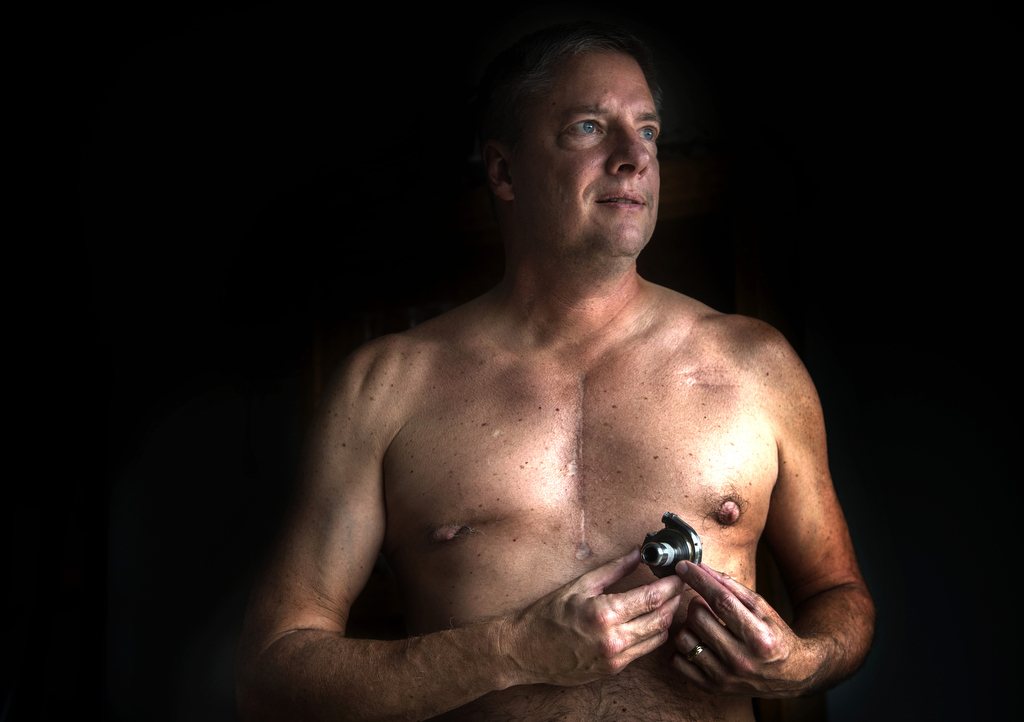
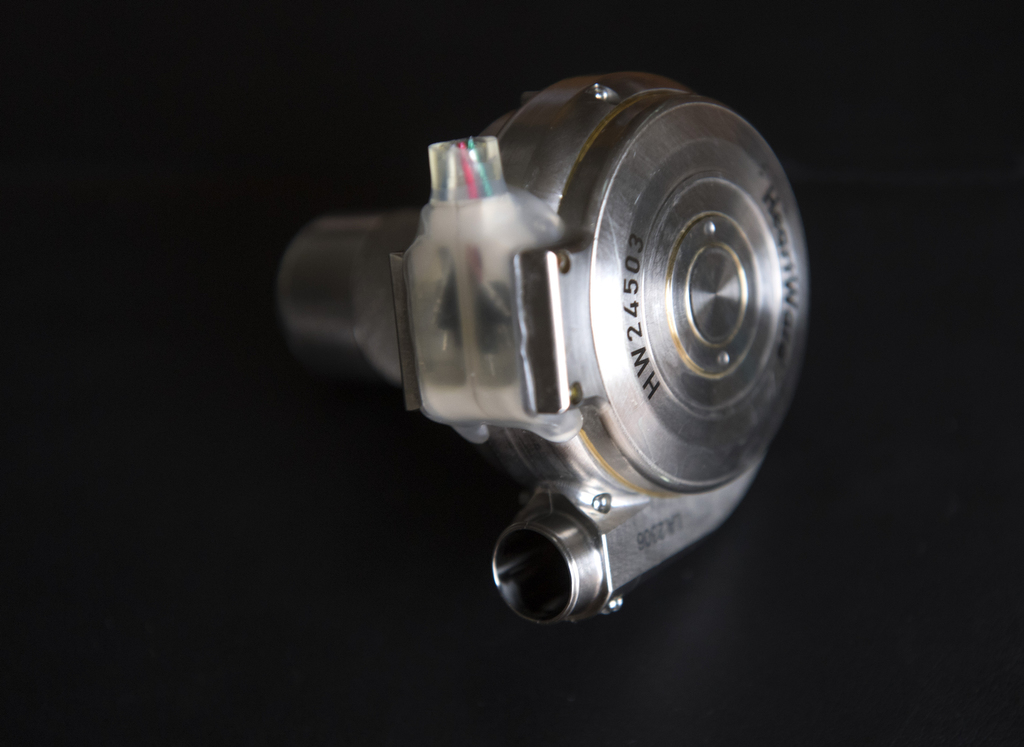
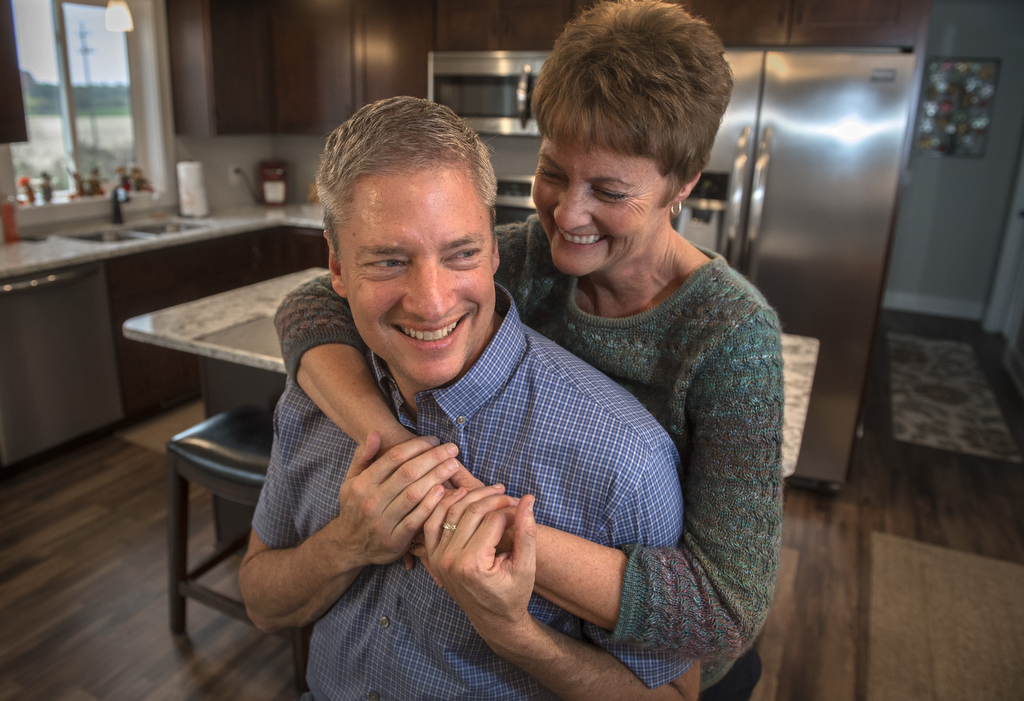
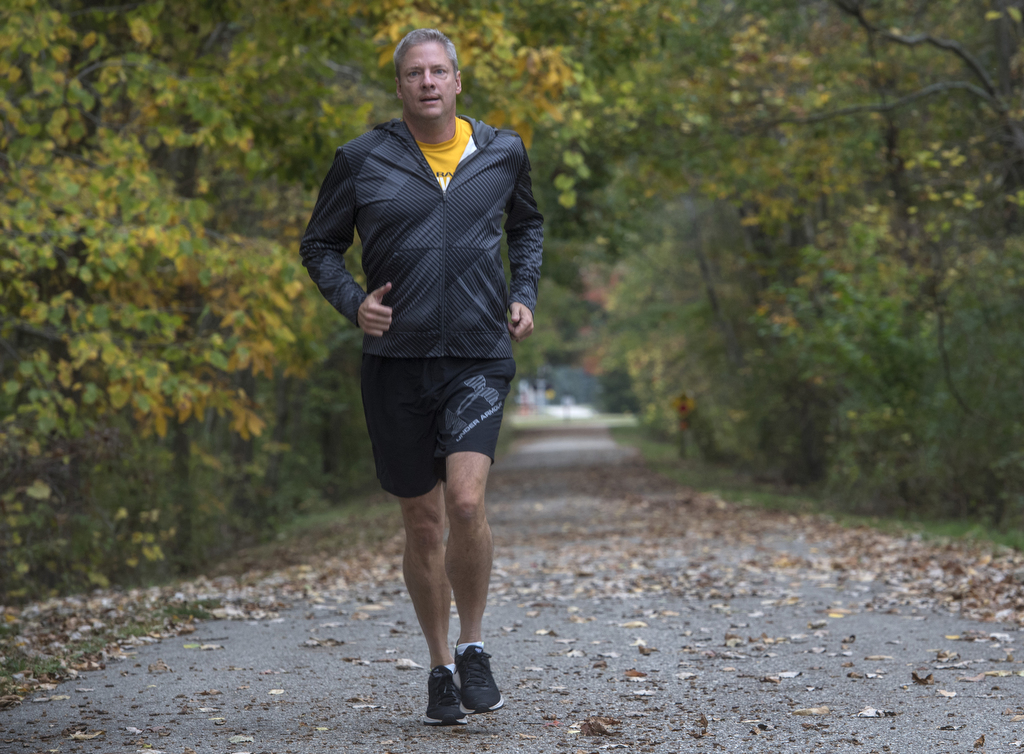
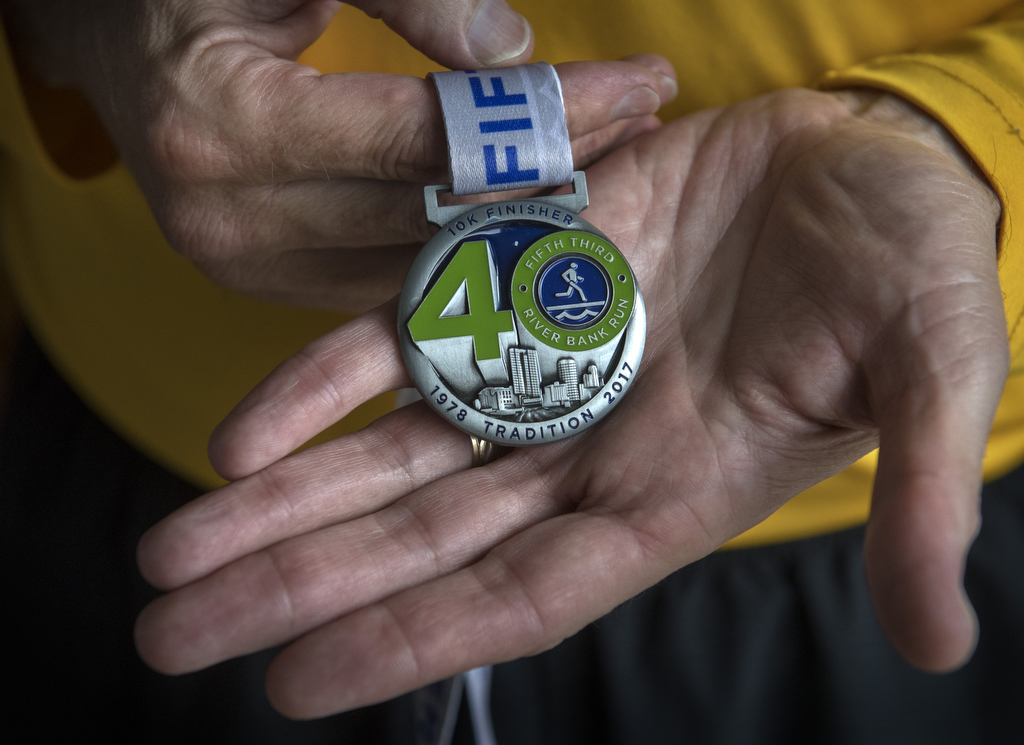
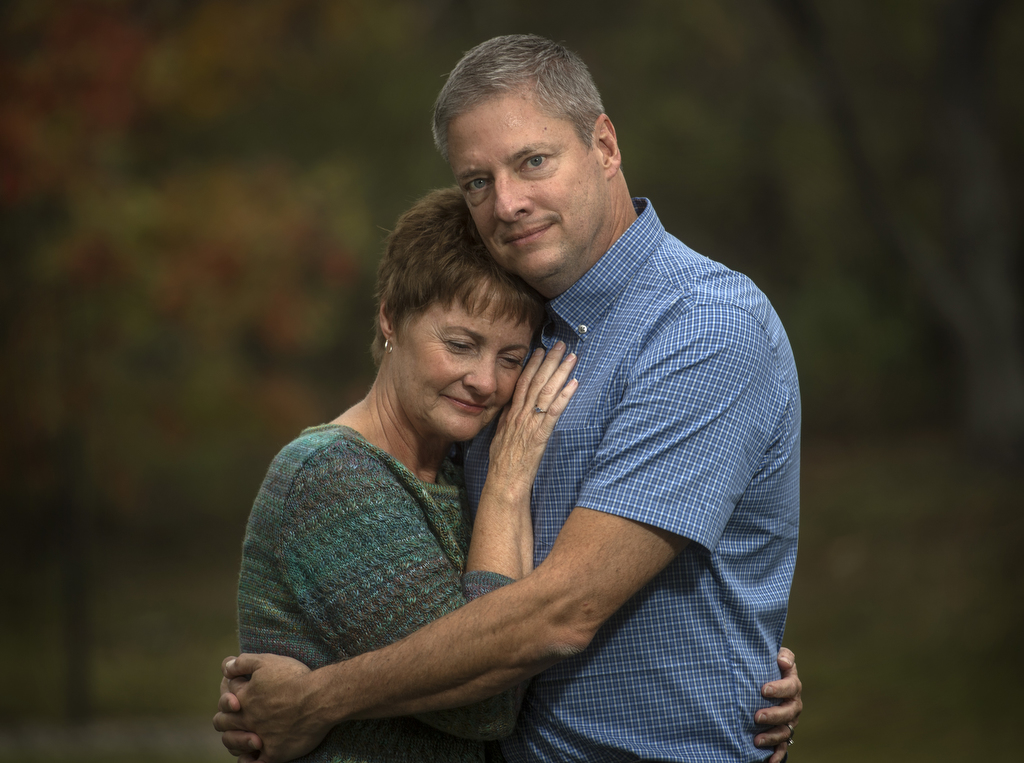
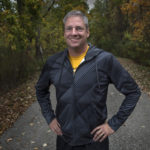
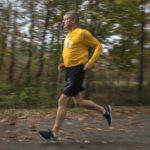
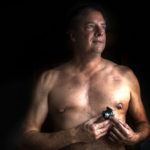



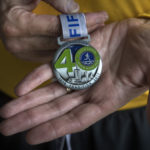

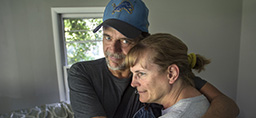 /a>
/a>
 /a>
/a>
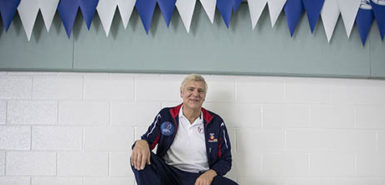 /a>
/a>
I’m so happy to read your story!
It would be interesting to find out if the donor had a love of Running. Just a thought! 🙂
Wonderful story, Scott, and so inspiring! Congratulations on all you have achieved!!
Awesome post Scott!!! Thanks for sharing!!💕💗💕
What an encouraging story Scott. Thanks for sharing. My husband had the widow maker at age 51. He also was an athlete and high school baseball coach. He survived but lost the bottom third of his heart. This was 10 years ago. We became friends and married 8 years ago. He is now in heart failure and his ejection fraction is at 10%. We are preparing at this time for the same road that you went down. You sharing your story has been a blessing. Thank you so much.
Hi Penny, and thank you for your lovely comment. We wish the very best for you and your husband as you embark on this journey to transplant. We’re glad this Health Beat article is of help to you… and we hope an inspiration.